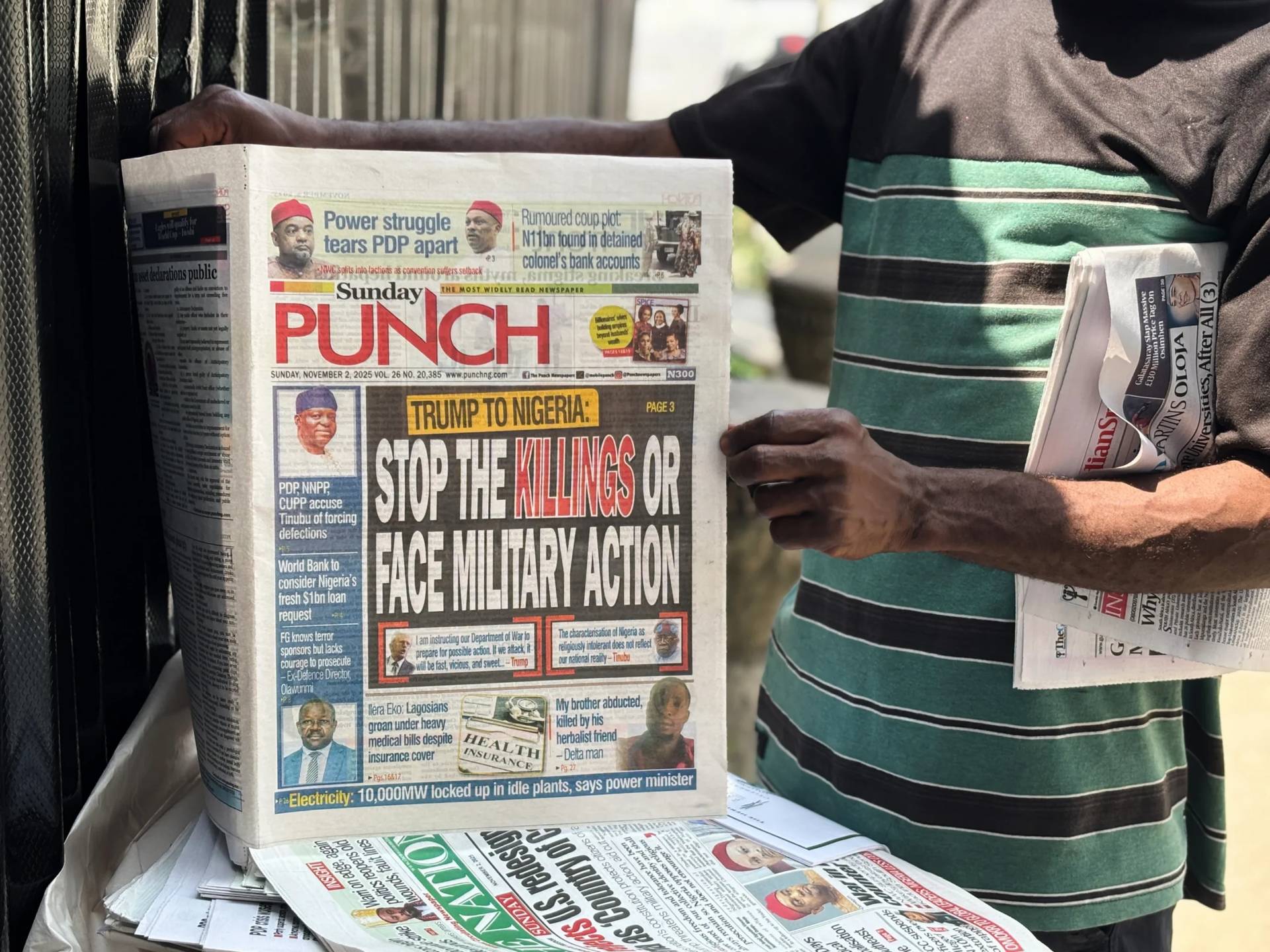ROME— When neo-cardinal American Kevin Farrell took over the recently created Vatican mega-office for Laity, Family and Life, he inherited a few equally mega-projects, including the World Meeting of Families and World Youth Day, both large-scale encounters that take place in different cities every two or three years.
The last World Meeting of Families took place in Philadelphia, and it was the engine driving Pope Francis’s first-ever visit to the United States in September 2015. The next one will be in Dublin, in 2018, and the pontiff is expected to participate.
Francis’s first foreign trip was to Brazil, to lead over three million young people in Rio’s World Youth Day (WYD) and the most recent one took place last summer in Krakow, Poland. The next WYD will be in Panama in 2019, and with less than three months in office, Farrell has already been down to oversee the initial plans.
Both are complicated gatherings to organize, since it involves a local diocese opening its doors to hundreds of thousands of pilgrims from around the world, most of them on a pilgrim’s budget, and the organizing committee has to figure out lodging, meals and transportation for them.
Born during the pontificate of St. John Paul II, these encounters have fans and detractors, with the admirers defining them as unforgettable experiences of faith and a unique way of experiencing the universality of the Church. Those who oppose them, see them as a waste of money and time, and an opportunity available only for those who can afford it.
Few know the ins-and-outs of these gatherings as well as layman Yago de la Cierva, a Spaniard member of Opus Dei, who was the head of World Youth Day Madrid, back in 2011, and who has helped organizers ever since.
“If there’s no evaluation, there’s no way of improving in the future,” de la Cierva told journalists in Rome on Tuesday. “There are three main issues that have to be addressed in the future: money, spiritual fruits (not in that order), and media. If for the media WYD failed, we’re not able to communicate the message.”
In Krakow, he was part of the communications team and he was in Rome ahead of a trip to Panama, where he’s been called to give feedback and advice.
The costs of WYD Krakow
One of the biggest challenges of these events is money-management and expenses. On Dec. 22, the organizing committee had a press conference where the final numbers where given. They estimated the number of pilgrims at two million, generating a “World Youth Day” bump for the city of Krakow of over $100 million dollars.
Funding of the event, they said, came from four primary sources: registration and participation fees (papal events were free), sponsorship contracts and monetary donations, donations made by parishioners and endowments from the World Youth Day general fund.
The money raised, $48.7 million, was slightly superior to the $48.5 million spent throughout the three-year preparation process. This included everything, from salaries for those working full-time to put the event together- though most people were volunteers- to the preparation of the venues.
According to information provided by De la Cierva on Tuesday, this was the cheapest WYD with Rio in 2013 having been at least twice as expensive as the past four. The Brazilian diocese had some $46 million in deficit, while Toronto in 2002 finished $22 million in the red.
Madrid, on the other hand, had a $7 million surplus.
De la Cierva broke down the incomes, with the participants paying for the majority of the expenses: close to $34 million. Parishes, donations and state support each pitched in a little over $4 million, with the majority of public funding going towards security expenses.
The money, according to the expert, was spent mostly on the pilgrims and volunteers (some $25 million), with meals being the most significant expense (over $13 million).
Campus Misericoriae, the setting for the closing vigil and Mass on the outskirts of Krakow, had an estimated cost of $9 million. Some observers, De la Cierva included, believe this was an unnecessary expense that’s recurrent in WYD and which can be saved by having only one stage instead of the customary two for all the “main events” as the encounters between the pilgrims and the pope are called.
An update from Panama
Farrell was in the Caribbean country in early December. During a press conference on the 8th he predicted the 2019 meeting will be “a historic moment for the Church and the country.”
The cardinal praised the Panamanians, saying they not only have a “very big heart” and are “open to everybody,” but they also have “the capacity” to host the meeting, which according to the national government will bring close to half a million pilgrims from around the world.
WYD Panama, he added, might bring “some peace and stability to every community of Central America.”
“It’s important that we take into consideration the role this great nation can have in the historic unification of the countries from the north and the south,” Farrell said. “In this moment in history more than ever, we need an intermediary to bring peace and unity to all.”
According to De la Cierva, the event will take place either at the end of January or early February, which will make participation harder for North Americans and Europeans, who will be in school at the time. However, the date has been chosen to avoid the rainy season.
He also highlighted the government’s commitment to making the event a success as part of a broader campaign to make Panama a hub connecting the Americas.
Another tidbit he gave is that the week previous to World Youth Day, known as “Days in the Dioceses” will take place not only in other Panamanian cities but also in other countries of Central America, such as Costa Rica and El Salvador.

















